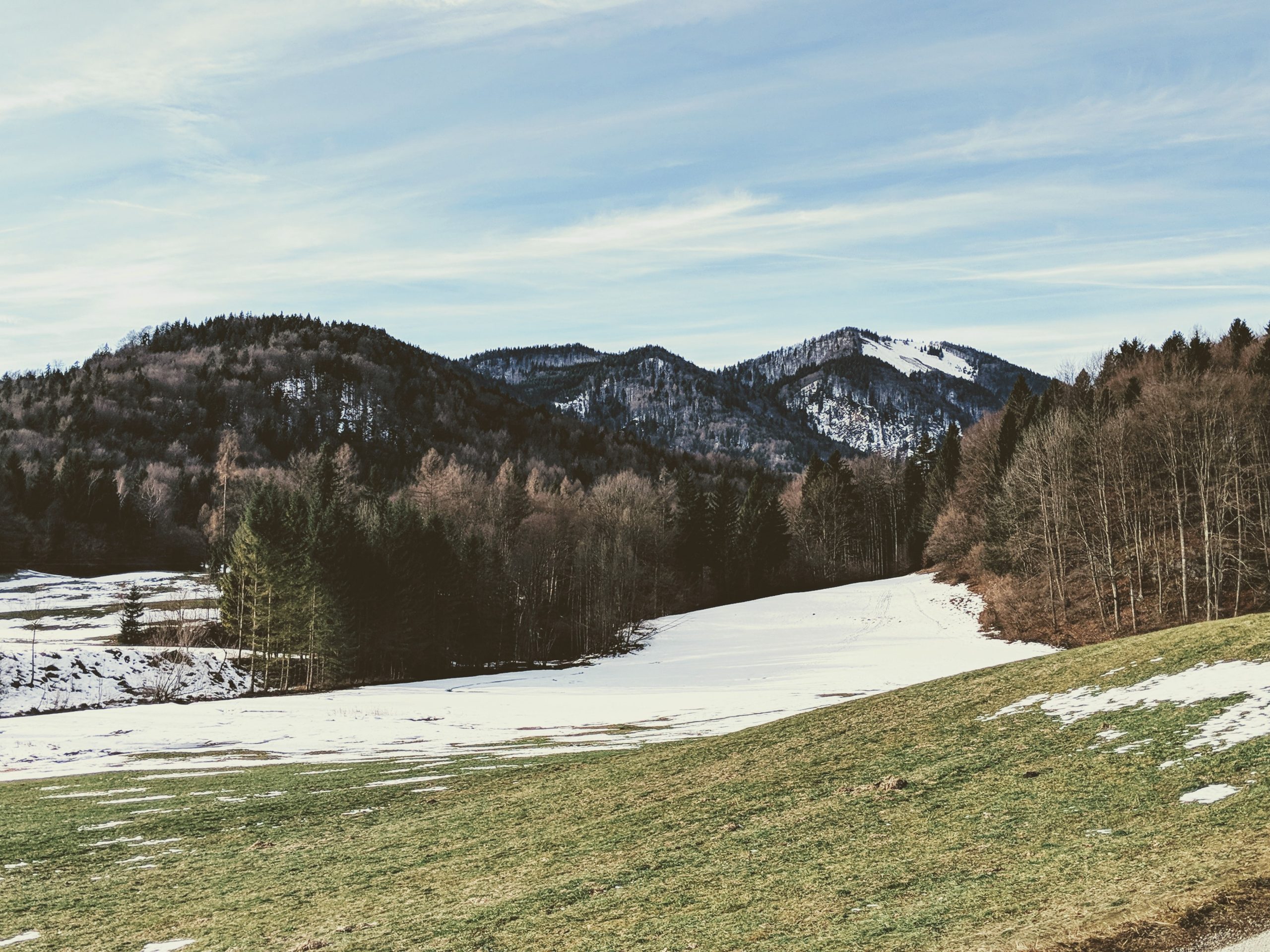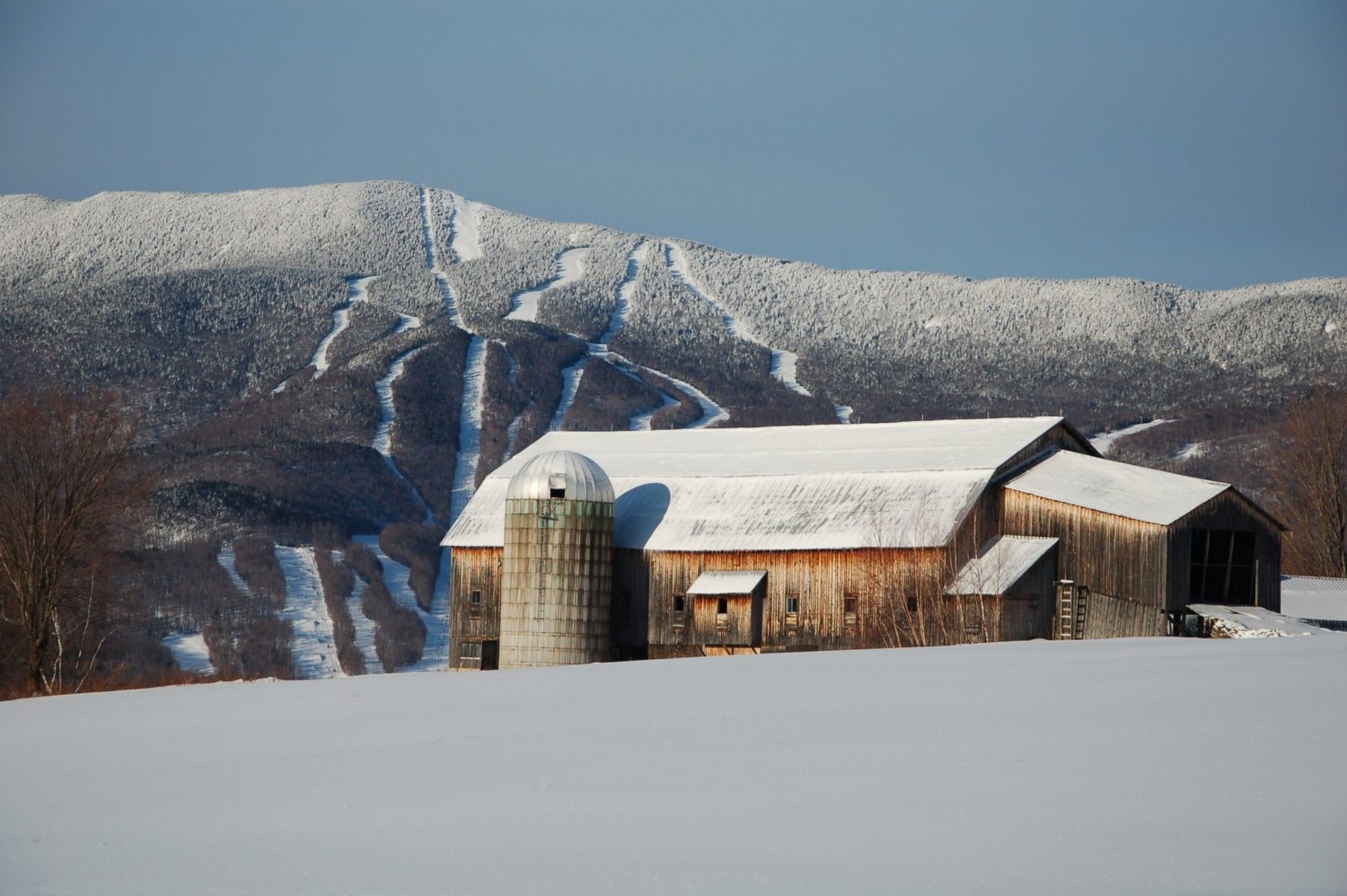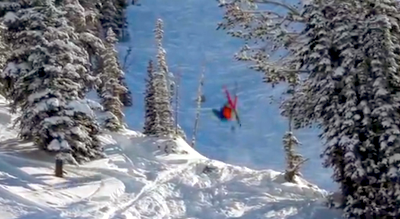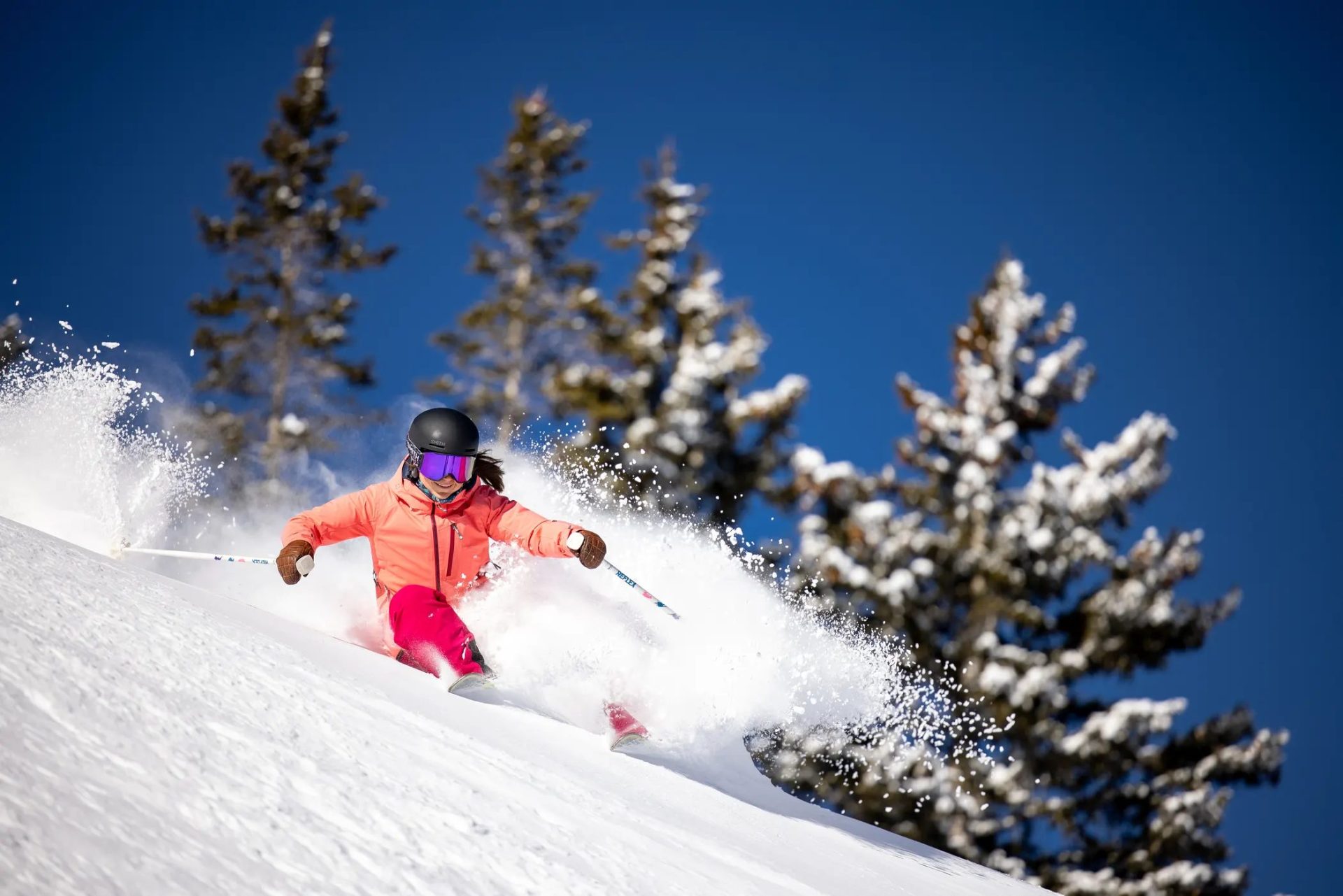
Skiing and snowboarding have long been beloved winter traditions, drawing people to the mountains for both adrenaline and escape. But behind the lifts and powder days, the industry faces serious challenges. Based on community discussions and expert concerns, the future of snow sports depends on how the industry responds to a range of emerging threats, including climate change and cultural shifts.
To find out the biggest challenges to the industry, we asked our readers: What is the biggest threat to the future of skiing/snowboarding? Our readers are highly intelligent and responded with over 1,500 comments. We utilized Meta AI to analyze the responses and identify the most common answers and themes. The top seven are listed below.
#7 Regulatory and Policy Challenges
First, changes in government policy can have big effects on skiing. Environmental regulations, land-use policies, and liability laws can all influence how resorts operate and whether new projects move forward. Navigating this landscape requires collaboration between resorts, communities, and lawmakers.
#6 Shifting Demographics and Participation
The ski and snowboard community is also evolving. Participation rates among some younger demographics are flat or declining, and cultural shifts—including urbanization and rising screen time—compete with outdoor activities like skiing. Adapting to these trends means expanding outreach, improving access, and fostering a more inclusive culture that welcomes people from all backgrounds and skill levels.

#5 Sustainability and Environmental Responsibility
Ski resorts occupy sensitive mountain ecosystems, and their operations can have significant environmental impacts. From energy use and waste to deforestation and wildlife disruption, the environmental footprint of a ski resort is hard to ignore.
There’s a growing push for resorts to adopt more sustainable practices including renewable energy, waste reduction, and better land management. Prioritizing the environment isn’t just good PR; it’s essential for the long-term health of both the sport and the places it depends on.
#4 Overcrowding and Congestion
With more people hitting the slopes and fewer resorts able to reliably open, overcrowding has become a real issue. Long lift lines, packed parking lots, and congested trails can turn a ski day into a frustrating experience.
Crowding also raises safety concerns, as busy runs and inconsistent skill levels increase the risk of collisions. For many, the charm of skiing lies in its connection to nature and solitude—something that gets harder to find as slopes become busier.
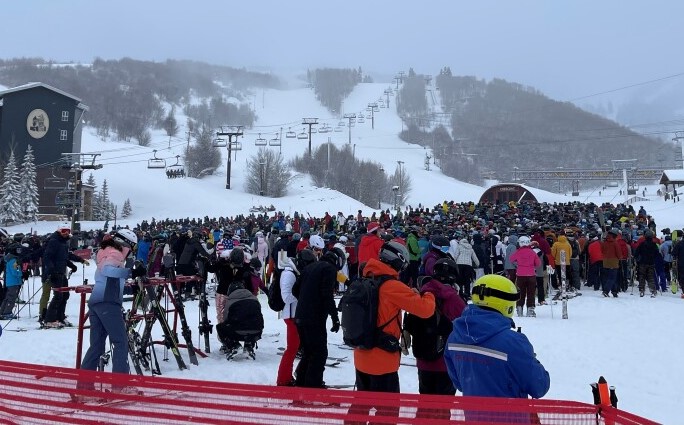
#3 Corporate Influence
The consolidation of ski resorts by large corporations, most notably Vail Resorts and Alterra, has changed the landscape. On one hand, multi-resort passes offer convenience and value for frequent skiers. On the other, local culture and independence are sometimes lost in the process.
Corporate ownership often prioritizes profit, leading to higher prices and standardized experiences. Critics worry that this undermines community-based skiing and makes it harder for smaller, independent resorts to compete or survive.
#2 Cost and Affordability
Skiing has always carried a certain price tag, but for many, it’s now crossing into unaffordable territory. Lift tickets at major resorts can exceed $200 per day, and when you add in rentals, gear, lodging, and travel, the total cost can be staggering.
This rising expense is pushing skiing and snowboarding out of reach for many middle-class families and younger participants and threatening to shrink the sport’s base over time. Without more accessible pricing models or support for newcomers, skiing risks becoming an exclusive activity rather than a shared one.
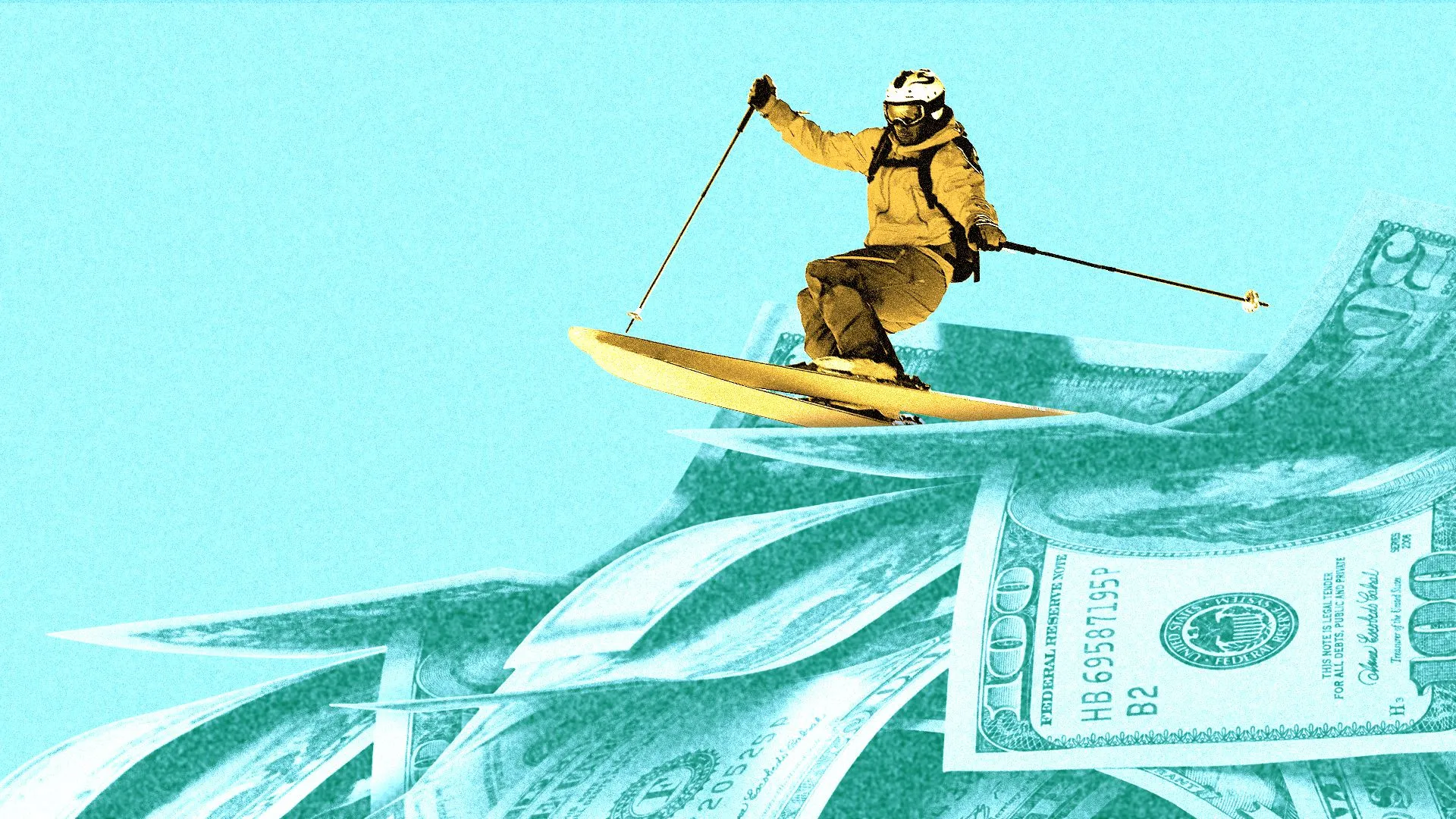
#1 Climate Change
It is no surprise that the most pressing threat mentioned was climate change. Warmer winters are already shortening ski seasons, reducing snowfall, and making conditions less reliable. As natural snow becomes more unpredictable, resorts are increasingly dependent on snowmaking—a costly and energy-intensive solution that isn’t viable for every mountain. Low-elevation ski areas are especially vulnerable, and some are already struggling to stay open year after year. Without meaningful action, rising temperatures could reshape where, how, and even if many people can ski in the future.
These threats don’t mean skiing and snowboarding are doomed but they do require attention. If the industry can innovate, prioritize sustainability, and make the sport more accessible and inclusive, the mountains can continue to inspire generations to come. The snow may not fall like it used to, but with the right moves, the spirit of skiing can endure.
